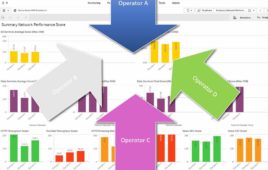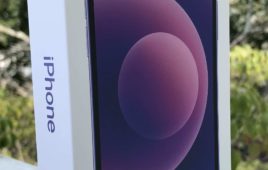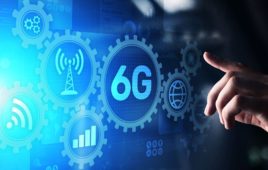The stars aligned to create a perfect test for carrier networks as the eclipse rolled across the country and wowed millions of spectators last week. With some best viewing spots located in rural areas in states like Oregon, Idaho, Montana, Wyoming, Nebraska, Kansas, and Iowa – regions that tend to appear as white spots on colored carrier coverage maps – carriers spent weeks ahead of the event prepping to handle a traffic load exponentially higher than usual. But how did all that work pan out for users on the ground?
According to wireless benchmarking company Global Wireless Solutions (GWS), things went surprisingly well.
GWS data found LTE coverage was widely accessible across the path of totality, with availability ranging from 82 percent to 100 percent across all carriers and all locations. Cellular data success rates were also high despite the rural settings, with a range of 97 percent to 99 percent. The firm noted AT&T had the highest data success rate and clocked the fastest LTE throughputs while Sprint was at the back of the pack on both counts. On the measure of potential capacity download throughputs, most Tier-1 networks were able to deliver average speeds of over 20 Mbps. Sprint, however, struggled to keep up with an average speed of 13 Mbps.
AT&T and rival Verizon registered the the fastest times spent uploading photos to Instragram, while Sprint and T-Mobile uploads to the photo-sharing app took twice as long – more than 20 seconds – working with a 4 Mb file.
“This was the most significant celestial event in the U.S., and the first to be experienced online since the advent of the modern cellular networks. With so many people on their phones at the same time and at locations stretched across the U.S., mobile network operators faced enormous hurdles to ensure fast and reliable service,” GWS CEO Paul Carter commented. “While the networks became stressed as the moon started to eclipse the sun, all things considered, our tests showed that operators had planned ahead and added resources in efforts to meet this unusual demand in wireless connectivity.”
One area where networks struggled, though, was reliability in voice calling. GWS found results in this metric varied widely, with Verizon the most successful at completing calls (99 percent) and T-Mobile the least successful (80 percent).
GWS said its findings were based on the completion of approximately 34,000 voice and data tasks conducted in ten different locations along the eclipse’s path of totality in the United States from Oregon to Georgia. Locations reportedly included areas where large gatherings of viewers were expected such as college stadiums, community parks, and fairgrounds. Collection and evaluation of the data was done using Rohde & Schwarz Diversity Benchmarker II test equipment, Samsung Galaxy S7 and S8 mobile devices, and GWS’s Mobistat data evaluation and reporting platform.




